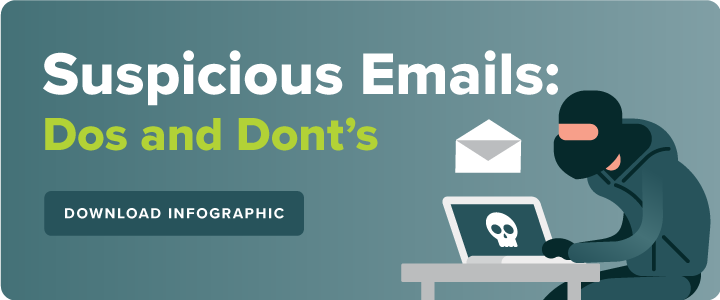As the leading method of B2B payment fraud, impacting 74% of companies, check fraud is of key concern for organizations everywhere. Yet, despite the high incidence of fraud and the high cost involved, checks remain the most common form of business payment.
If you’re still issuing a lot of paper checks, whether it’s out of habit, the comfort of doing things the way that they’ve always been done, or another reason, there are many reasons for you to reconsider that practice. Every time you issue a check, you are essentially giving someone access to your bank account information, which, in the wrong hands, could easily be used to defraud your company. Paper checks themselves are vulnerable because they can be used, forged, or altered to issue phony payments.
It’s easy for bad actors to steal your money. Check forgery was popularized in the 2002 movie Catch Me if You Can, in which Leonardo DiCaprio played real-life forger Frank Abagnale Jr., showing how easy it was to create counterfeit checks, chemically alter them, and forge signatures. Nothing has changed. Almost 20 years later – we’re still relying on checks and forgers are still successful. In fact, checks are the most popular payment method, representing 42% of all B2B payments, according to the 2020 Association for Financial Professionals (AFP) Payments Fraud and Control Survey.
Unfortunately, check fraud doesn’t just occur from outside sources. You must also guard against internal occupational fraud as well through good governance, internal policies, and processes. Otherwise, a rogue employee could gain access to your check stock to print fraudulent checks or insert themselves into the AP workflow to process and pay a fake invoice for an alleged supplier.
Six ways to help prevent check fraud
While it may not be possible to get rid of checks completely because some suppliers will only receive payment that way, you can significantly reduce your risk of check fraud. Here are six ways to do that:
- Participate in positive pay. Clearly, there are benefits to moving to electronic payment methods, but the reality is that checks will be some part of your payment mix for the foreseeable future. Work closely with your bank to ward off check fraud by giving it a data file of all legitimate checks that you are issuing, including check numbers, dates, payee name, and amounts. The bank will compare that information to the checks it receives and won’t clear any that aren’t on the list.
- Automate the process. First of all, automation removes a lot of human involvement in the process, and by doing that, it helps reduce internal fraud risk. Additionally, automation provides greater visibility and transparency over the process, and the payments themselves, making it harder for fraudsters to hide in the shadows. Automation also enables you to enforce the policies and controls you have established to keep your money safe. AP automation software also provides an audit trail, so you can review and track invoices entering your organization through to payment.
- Store paper checks in a secure location. Even after you automate your payment process, it may be necessary to keep some physical check stock on hand for the occasional manual check payment. In these cases, keep your check stock under lock and key and limit access to only those employees who are authorized and need to access it.
- Monitor bank account information. Review your bank account closely and often to make sure everything is correct. If you find a check that you don’t recognize, contact your bank immediately. If you have an automated AP system, it will automatically record check payments in your accounting system, easing the process of payment reconciliation against your bank statement.
- Segregation of duties. It is critical to have sound internal controls in place and a system that provides oversight and helps enforce these controls. Regardless of the payment method, institute segregation of duties, so, for example, the person who submits payments isn’t the same individual who authorizes them for release. Automation makes this process easier and faster, since approvals can be conducted with the click of a button, from any location.
- Issue virtual cards. The most secure payment method is virtual cards, or v-cards. The AFP study found that only 3% of companies experienced real or attempted virtual card fraud. There’s a good reason for that. Virtual cards are issued for one-time use only, and typically to a particular recipient. Once the card has been processed, the account number and card are useless. For that reason, not to mention the cash rebates that you will receive, it makes sense to move as many suppliers that you can to virtual card payment. As an added benefit, they will receive payment more quickly.
Prevent check fraud through automation, controls, and virtual card adoption
Check fraud is something that no company wants to think about. While many try to hide their heads in the sand, it’s an urgent matter that unfortunately is all too prevalent and damaging. It is estimated that check fraud costs U.S. businesses and banks approximately $50 billion annually.
To prevent check fraud, re-evaluate your corporate policies with a focus on establishing financial oversight and best practices. By automating the AP process – preferably across invoice processing through payment – and relying on the most secure payment method of virtual cards, you will go far in protecting your organization against the fraudsters who are working equally hard to get their hands on your cash.





